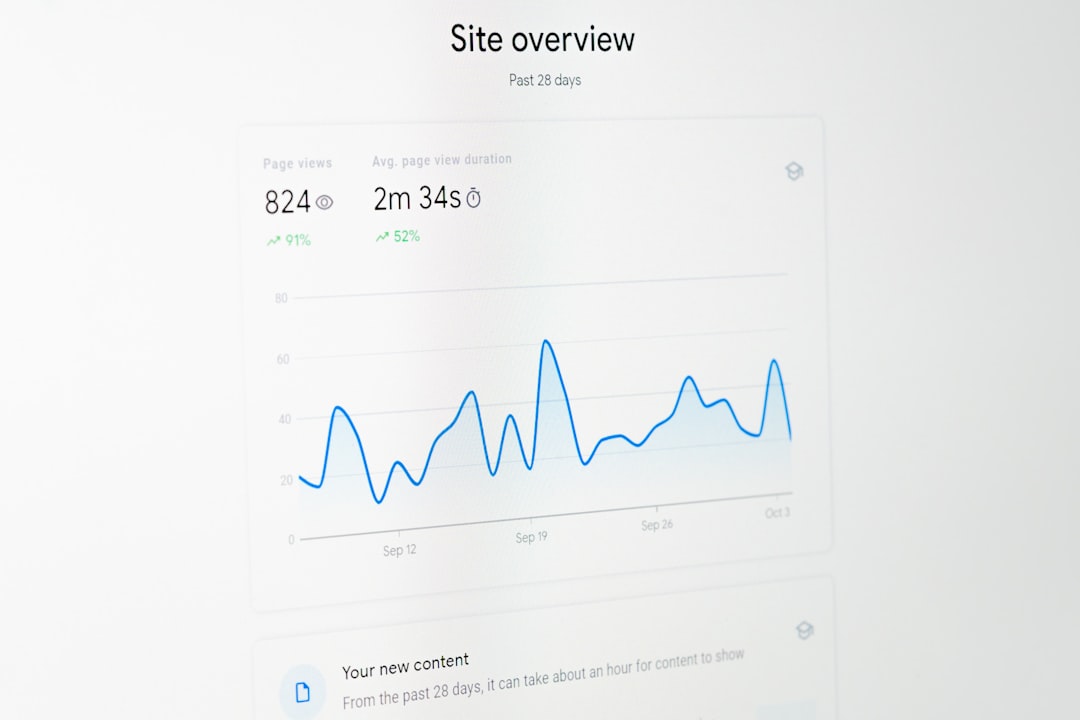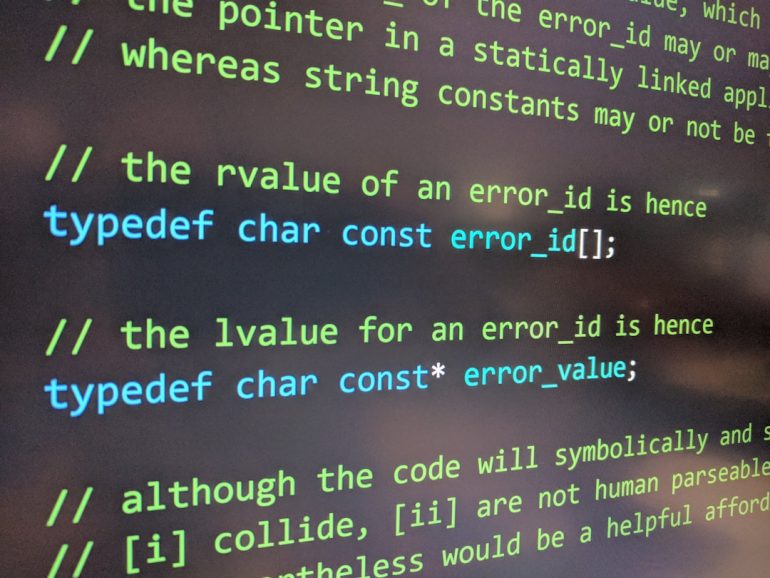Cloudflare Dashboard Habits for Product Managers
Being a product manager often feels like juggling flaming swords while riding a unicycle — in a thunderstorm. There’s a lot going on! Thankfully, tools like Cloudflare can help keep your websites fast, secure, and reliable. But knowing how to use the Cloudflare dashboard effectively? That’s where habits come in.
You don’t need to be a networking wizard. You just need some simple routines — your own Cloudflare dashboard habits. Let’s walk through a few of these in a fun, easy-to-digest way.
1. Start Your Morning With Traffic Trends
Table of Contents
Think of this as your website’s weather report. Every product manager should know what’s hot (traffic-wise) and what’s not.
- Log in to the Cloudflare dashboard.
- Check the Analytics > Traffic section.
- Note any spikes, dips, or weird patterns.
Why it matters? If you suddenly notice a huge traffic jump, it might be a viral moment (yay!) or a bot attack (yikes!). Getting ahead of it helps.

2. Get Buddy-Buddy With Firewall Events
Your site’s first line of defense? The firewall. It’s like a bouncer at the door of your digital nightclub.
- Click on Security > Events.
- Filter by Firewall events.
- Look at which rules are firing.
Too many challenges or blocks? That could mean legit users are being turned away. Adjust those rules! Keeping an eye on this every couple of days can prevent headaches later.
3. Automate Alerts (Because You Can’t Watch 24/7)
You don’t have time to camp at your dashboard all day. Good news — Cloudflare offers notifications.
- Go to Notifications under your account settings.
- Set up alerts for security breaches, changes to settings, or DDoS attacks.
Think of it like a smoke alarm. It’s quiet until it really matters. Let it do the watching so you can do the building.
4. Weekly Settings Review — Make It a Habit
Lorem ipsum? Nope. This is your site’s safety net. As a product manager, you should spend a few minutes every week checking:
- Page Rules: Are any redirects broken?
- Rate Limiting: Is it too harsh or too soft?
- SSL/TLS: Are settings aligned with industry best practices?
Even if you’re not technical, just taking a peek builds familiarity. You’ll ask better questions, spot trends faster, and impress your devs.
5. Embrace the Magic of Caching
Speed = smiley users. Caching is Cloudflare’s superpower. Make sure it’s working for you.
- Head to Caching > Configuration.
- Review cache expiration rules.
- Use the cache analytics to see hit/miss ratios.
If you’re seeing lots of “misses,” you may need to tweak your rules. Ask your devs to help — teamwork makes the dream work.
6. Become Besties With Web Performance Tools
Cloudflare doesn’t just protect. It helps things load faster. In Speed > Optimization, you’ll find performance goodies:
- Brotli compression – smaller files, faster speeds.
- Auto Minify – tidy up code for quicker downloads.
- Image resizing – gold for media-heavy products.
Turn these on one at a time and watch your site fly!

7. Track Updates With Audit Logs
Ever made a setting change and forgotten? Yeah, us too. Thank goodness for the Audit Logs.
- Found under Account > Audit Logs.
- Shows who changed what and when.
Use it weekly like a digital paper trail. Super handy if something breaks and you need to spotlight the cause.
8. Coordinate With Your Engineering Team
You don’t have to go this alone. Cloudflare topics should come up during sprint planning and retros.
- Add a 5-minute dashboard check-in during team standups.
- Let devs know you’re monitoring performance and errors.
- Ask questions if anything seems off in the dashboard.
It turns “just a PM” into “that brilliant PM who spotted the bug before it hit production.”
9. Use Zero Trust To Sound Like a Cybersecurity Pro
Cloudflare’s Zero Trust tools can help you lock things down. While the setup may be for the IT team, knowing the basics makes your roadmap safer.
- Learn how Access Rules block unwanted traffic.
- Use Tunnels for safe connections without VPNs.
- Understand User Authentication layers for team tools.
As PMs, we don’t just build things. We protect them. Knowing Zero Trust can give you a leg up in security conversations.
10. Celebrate Wins Using Analytics
Launched a new feature? Celebrated a surge in traffic? Use the data inside your dashboard to show off a little! 🎉
- Grab charts from Traffic and Performance.
- Create quick slides or internal posts with eyeball-worthy wins.
- Share with stakeholders and leadership.
Data-backed storytelling builds trust. And product managers who celebrate results? Legends.
Bonus Tip: Create a Dashboard Ritual
Every PM is a bit different. Some love graphs. Some prefer alerts. Some want everything in a Notion doc. The secret sauce? Create your own routine!
Here’s one possible ritual:
- Monday: Traffic trends + firewall alerts.
- Wednesday: Caching + performance tweaks.
- Friday: Audit logs + screenshots for your weekly update.
Do this over and over and your instincts get sharper. You’ll feel like a dashboard ninja in no time.
Wrapping It Up
Cloudflare might seem techy at first. But the more you click, the more you learn. And the more you learn, the stronger your product becomes. Build these 10 habits into your week, and the dashboard becomes second nature.
Let Cloudflare do the heavy lifting. You? You focus on building amazing things people want to use — fast, safe, and smooth.
Because great PMs don’t just lead products. They lead the charge toward better performance, better security, and better experiences.







